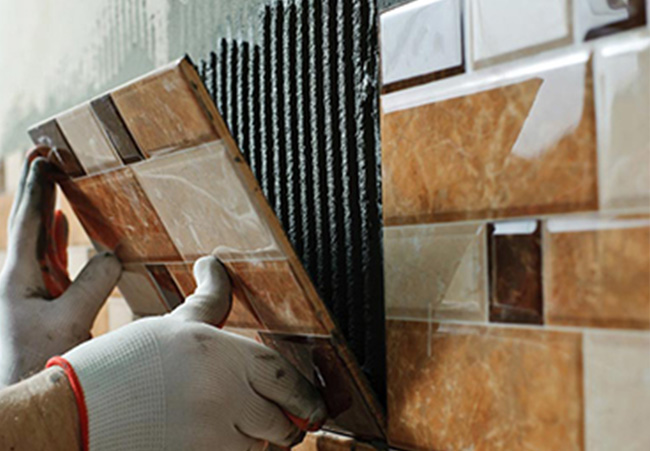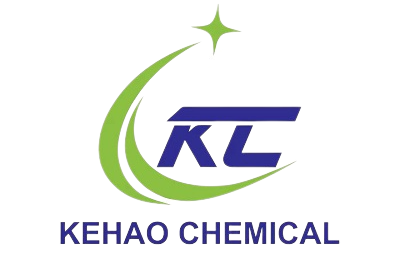How Does HPMC Cellulose Compare to Other Cellulose Ethers in Construction Applications?
In construction, choosing the wrong additive can lead to poor workability, low water retention, or weak adhesion. But with so many cellulose ethers available, how do we know which one actually works best?
HPMC cellulose stands out for its balance of water retention, thickening, and workability, making it the preferred choice in tile adhesives, renders, and wall putty. Its consistent performance across different climates and substrates puts it ahead of other cellulose ethers.

HPMC vs Other Cellulose Ethers
If you’re still unsure whether HPMC is worth the switch, keep reading. I’ll break down how it compares to MHEC and HEC, and explain how to make the best choice for your construction projects.
What Makes HPMC Cellulose Unique Among Other Cellulose Ethers?
When your tile adhesive doesn’t stick or your render cracks in the sun, it’s not just annoying—it costs time and money. That’s why the right cellulose ether makes all the difference.
HPMC (Hydroxypropyl Methyl Cellulose) is unique because it gives excellent water retention, workability, and anti-sagging properties. It adapts well in different climate zones, keeping the mix workable longer and making your job easier.

HPMC Unique Features
Comparing HPMC, MHEC, and HEC: Which One Performs Best?
Let’s break down how each performs in real job site conditions:
| Property | HPMC | MHEC | HEC |
|---|---|---|---|
| Water Retention | Excellent | Very Good | Good |
| Workability | Excellent | Good | Fair |
| Sag Resistance | Excellent | Moderate | Poor |
| Thickening Effect | Consistent | High | High |
| Compatibility | High (cements, gypsum) | High | Moderate |
| Climate Adaptability | Excellent in hot/dry climates | Good | Fair |
| Cost Efficiency | Good (higher performance = less) | Moderate | Low |
In my experience, many customers working in Southeast Asia or Africa tell me that they need something reliable across extreme humidity or dry heat. HPMC offers that edge. It keeps the mortar from drying too fast and prevents tiles from slipping.
What also sets it apart is its consistent performance across different batches. Some cellulose ethers vary depending on the grade or supplier, but our KEHAO HPMC is tested thoroughly—so builders can rely on its performance every single time.
Which Cellulose Ether Is Best for Tile Adhesives, Renders, and Wall Putty?
Have you ever applied a render that started cracking before it cured, or used a putty that didn’t stay on the wall? That often comes down to the wrong cellulose ether in the mix.
HPMC is the top choice for tile adhesives, renders, and wall putty because of its thickening, water retention, and smooth application. It helps keep the mortar workable longer and supports strong bonding.

Best Cellulose for Tile Adhesive
Application-Specific Performance: Why HPMC Leads in All Three
Let’s take each use one by one:
1. Tile Adhesives
Tile adhesive needs open time, adjustable time, and anti-sagging properties. HPMC holds moisture in the mortar, giving installers enough time to position tiles. It prevents early drying, so there’s less rework. I’ve seen this especially valuable in hot areas where adhesives dry too fast.
2. Renders
In renders, especially cement-based ones, cracking is a common issue. That’s usually due to water escaping too quickly. HPMC helps retain moisture, reducing shrinkage cracks. Also, it gives better cohesion, so the render stays smooth and doesn’t fall off during application.
3. Wall Putty
For putty, workability is everything. You need a smooth, spreadable texture that stays workable for enough time. Our KEHAO HPMC improves the glide and finish of wall putty. Clients often mention how easily their team can work with our HPMC-based putty, even over large wall areas.
Across all three applications, HPMC provides a consistent result that translates into faster jobs and better finishes. That’s why so many buyers across Southeast Asia and Africa ask for it by name.
How to Choose the Right Cellulose Ether for Your Construction Project?
You’re working with limited budgets and tight deadlines, so choosing the wrong additive is risky. But with so many types—HPMC, MHEC, HEC—how do you choose the right one?
Start by looking at your local climate, application method, and project needs. For most general construction projects like tile adhesive, wall putty, or plaster, HPMC is the safest and most effective choice.
Choosing Wisely: Key Factors That Should Guide You
When advising our customers, I usually ask them these 3 questions:
-
What is the climate like?
- Hot/dry? You’ll need strong water retention.
- Humid/wet? Look for anti-sag and good adhesion.
-
What’s the product being made?
- Tile adhesive = needs anti-slip, open time
- Render = needs water retention and strength
- Putty = needs workability and spreadability
-
What’s your production setup?
- Are you mixing by hand or with machinery?
- Are you using cement-based or gypsum-based systems?
From these answers, we often recommend HPMC for its all-around performance. For budget-sensitive cases, MHEC can be a second choice, but the drop in anti-sag and ease-of-use may cost more in labor later.
Also, always ask your supplier about batch consistency and quality testing. At KEHAO, we use fully automatic production lines and test every lot before shipping. That’s how we keep our clients in Southeast Asia and Africa satisfied with repeat orders.
Conclusion
HPMC cellulose is the top performer among cellulose ethers, especially in tile adhesive, renders, and putty. It’s consistent, easy to work with, and delivers results across climates.



